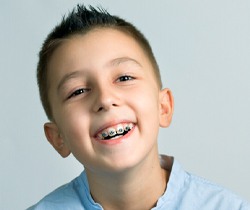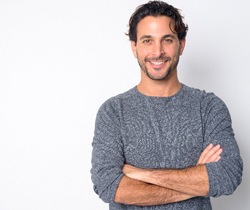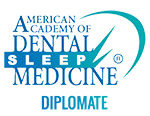Myofunctional Therapy – State College, PA
Promoting Harmony of the Oral Structures

Renee Marks, RDH, MS is a certified Buteyko Breathing instructor and myofunctional therapist. Renee received her dental hygiene degree from the University of Pittsburgh and a Master’s in Health Occupations Education from Pennsylvania State University. With over 30 years of experience in dentistry, she has trained in Los Angeles with the Academy of Applied Myofunctional Sciences and meets regularly with thought leaders from around the world for ongoing discussions about the latest research and clinical techniques.
Renee coaches within Marks Family Dentistry family of patients and works with other patients referred to her throughout the community. She provides guidance for a pathway to improved dental and overall health with myofunctional therapy in State College, PA.
What Is Myofunctional Therapy and Whom can It help?

Simply stated, myofunctional therapy is “personal training” by a qualified therapist to overcome harmful habits, otherwise known as orofacial myofunctional disorders (OMDs). These are disorders that involve the muscles of the mouth and face. When the muscles operate in patterns that are contrary to how they should, a range of problems can result.
Myofunctional therapy helps people with OMDs use physical exercises to train their orofacial muscles to work as they should. The specific exercises that are necessary depend on the primary goal of the treatment. For example, after undergoing surgery to correct tongue tie, an individual may not intuitively adjust the resting position of their tongue. They may need therapy to help them keep their tongue in the right place and learn new swallowing habits. Myofunctional therapy and breathing re-education can also focus on breaking bad habits like thumb sucking and on establishing nasal breathing patterns.
Orthodontic Outcomes and Retaining Results

Myofunctional therapy help stabilize, and in some cases shorten or even avoid the need for orthodontic treatment when addressed early because the muscles in your cheeks, jaw, and tongue are strong and create forces that shape your face and align your teeth.
In older children and adults, myofunctional therapy increases the likelihood that the outcomes of your orthodontic treatment will remain intact.
Airway, Breathing Disorders and Sleep Apnea

The roof of the mouth is the floor of the sinus and as such, the development of the size and shape of your mouth can affect the growth and development of your airway.
Breathing disorders and sleep apnea affect more than 22 million Americans. These are serious medical conditions that must be treated by a qualified professional. Patients living with untreated sleep apnea face an elevated risk of heart disease, stroke, diabetes, and depression.
Myofunctional therapy can help reduce sleep apnea symptoms. By strengthening the mouth, tongue, and neck muscles, therapy can prevent the soft tissue collapses that occur during sleep. When these muscles become stronger, it becomes easier to maintain an open airway while sleeping.
It Can Improve Your Looks

Yes, myofunctional therapy actually can change your looks. If you breathe through your mouth all the time, this can alter your appearance, narrowing the dental arches and lengthening the facial structure. Myofunctional therapy addresses the root cause of mouth breathing by encouraging optimum oral rest posture — with lips closed, teeth closed, and the tongue resting gently against the roof of the mouth. The ideal oral rest posture encourages nasal breathing, which over time, can reshape your face. The younger a patient is when beginning myofunctional therapy, the more significant the facial changes will be.
How Effective Is Myofunctional Therapy?

Myofunctional therapy is about as minimally invasive as any type of treatment out there. In some cases, it is a standalone treatment. In other cases, myofunctional therapy improves the outcomes of other medically or dentally prescribed therapies. Results can be dramatic with a committed patient doing prescribed exercises three times each day over a period of 6 – 12 months.
What Are Typical Symptoms of Orofacial Myofunctional Disorders?
Below are some of the conditions that may manifest from malfunctions of the muscles of the face and tongue:
- Speaking with a lisp or other type of speech impediment
- In infants, inability to breastfeed or latch
- Teeth clenching or grinding, also known as bruxism
- Loud snoring
- A sleep breathing disorder, such as obstructive sleep apnea
- A tongue tie or lip tie, also referred to as tethered oral tissue
- Crooked teeth
- Sucking the thumb or fingers
- Biting of the nails or inanimate objects
- Slouching or forward head posture
- Tongue thrust
- Difficulty swallowing
- Regularly breathing through the mouth
The goal of myofunctional therapy is to improve your oral health and help your oral structures work harmoniously with each other.
Myofunctional therapy is noninvasive, but it does require a bit of work. You will need to do exercises at home between your therapy sessions in order to experience the best possible results.




